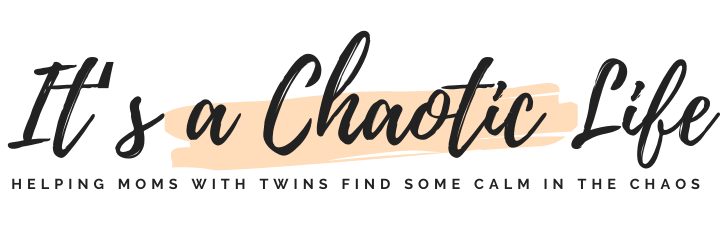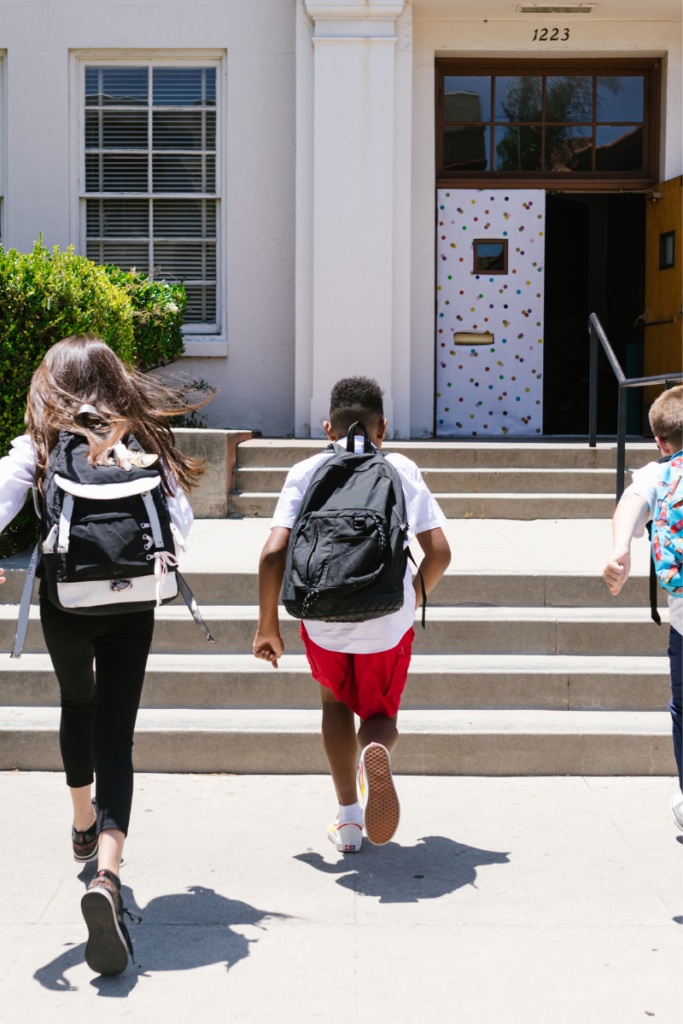
As the back-to-school season approaches, teaches face the exciting yet demanding task of preparing for a new academic. This preparation sets the tone for a successful year, ensuring that both teachers and students start on the right foot. This blog unpacks essential strategies to help teachers thrive throughout the school year. From setting up your classroom to establishing clear expectations and routines, we’ll cover everything you need to create an engaging and organized learning environment. This preparation sets the tone for a successful year, ensuring that both teachers and students start on the right foot. Here are some of the best ways to get ready for the new school year.
This post includes affiliate links. If you purchase something through it, I may receive a small commission
Crafting the Perfect Learning Environment
The arrangement of a room can make a huge difference in your class. My first year teaching was a disaster as I had no idea the importance of the environment and how it contributed to behaviors, work progress and learning. The room should be inviting with everything neatly labeled and displayed. For younger classrooms there should be bright colors and a rug area for meeting. There should be a clear path for kids to move around the room and clearly labeled areas for each kids belongings so there is absolutely no confusion.
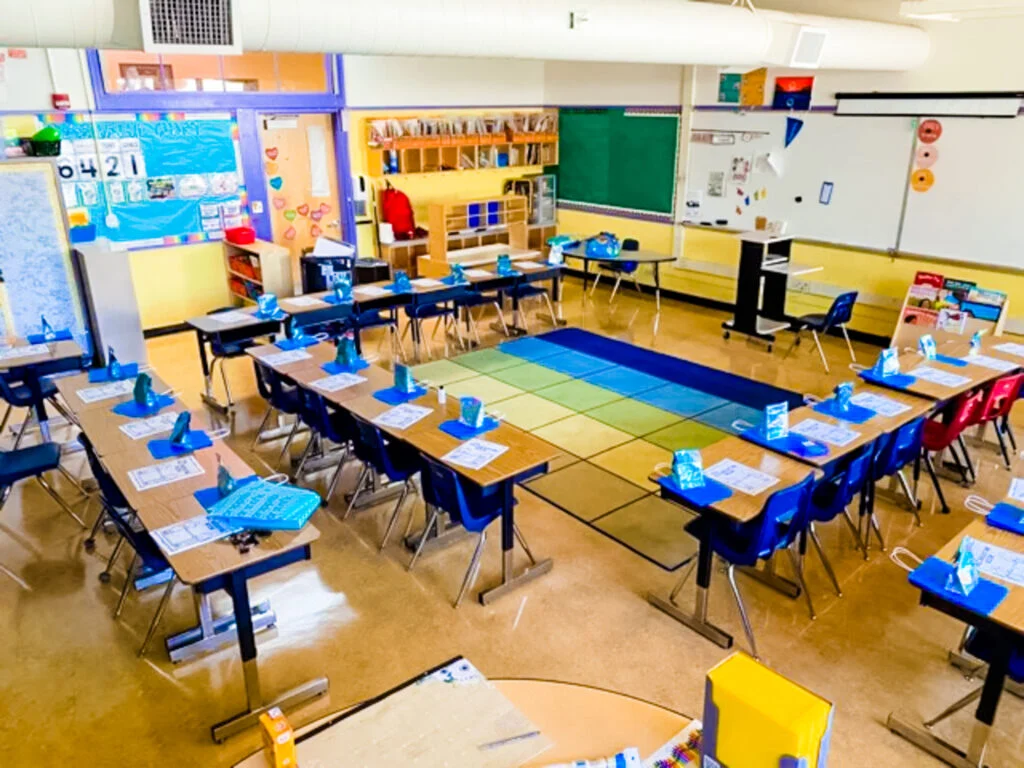
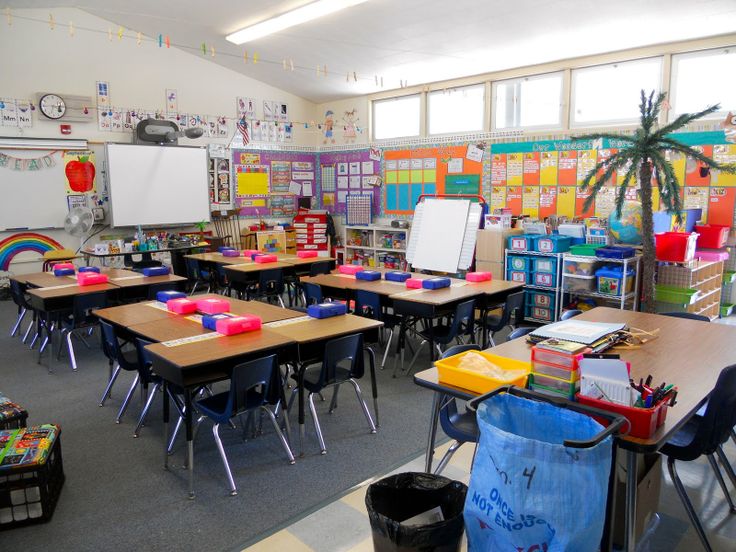
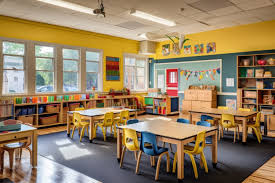
1. Arranging Desks for Interaction and Focus
How the desks are arranged will set up the expectations for the room. If you want your class to be actively in groups and interacting them setting up tables in groups are a good idea. But make sure no-one back is to the board when you are teaching, so they are focused and engaged. Some teachers may prefer rows for more individual activities Either way, keep in mind seating arrangements and kids may have to moved around throughout the year, as each student and class is different and may require different things to help them focus and interact. Seating arrangements can make a big difference in how students interact and engage with lessons.
2. Incorporating Flexible Seating
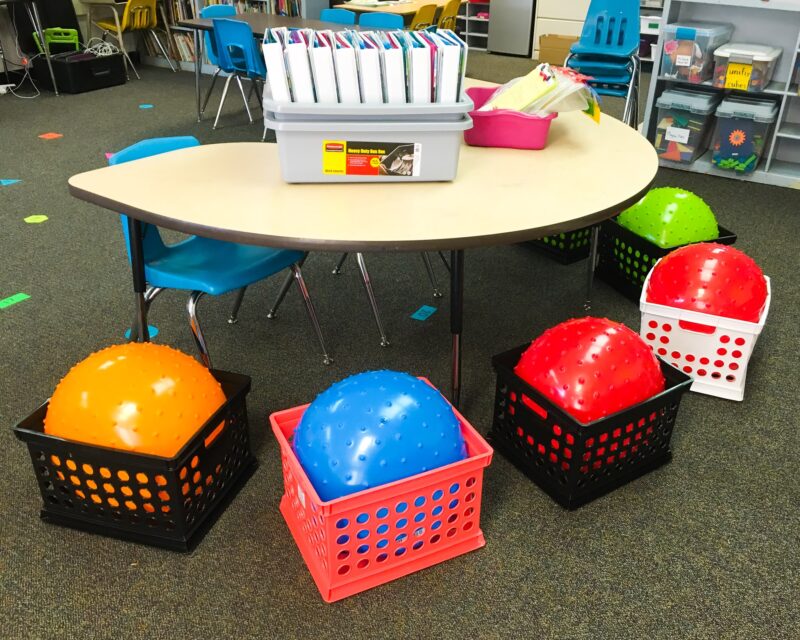
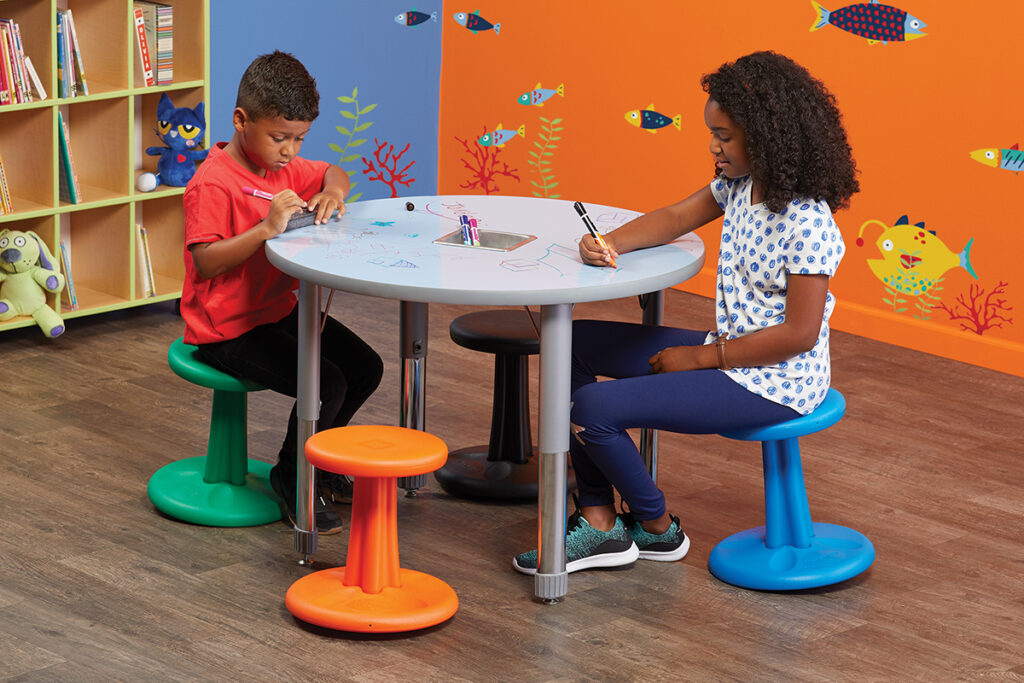

Flexible seating is a great way to support those learning that need something other than a hard seat to sit in all day long. It supports the dynamic learning environment and could make a real difference with behaviors in the class. Consider things like bean bags, standing desks, bouncy seats and floor cushions to cater to various learning styles. This flexibility encourages students to find their most comfortable learning space. Plus it adds some fun and comfortability to the classroom.
Here are some flexible seating to choose from:
- Floor cushions
- Inflatable donut seat
- Wiggle stool
- Yoga ball seat
- Lap desk floor seat
- Rocker chair floor seat
- Bean bag chair
- Portable adjustable recliner seat
- Perch stool
- Wiggle seat cushion
3. Reading Nook


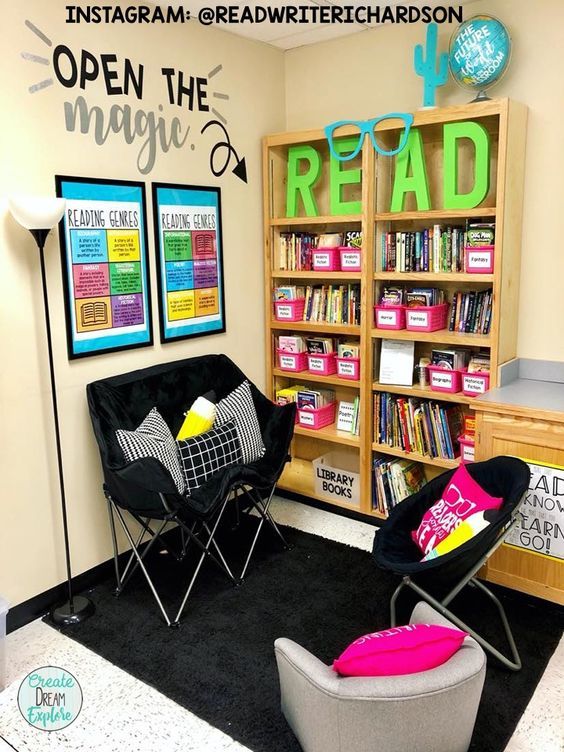
Adding a reading nook to your classroom makes reading look and feel special and kids will be more excited to sit and read. You can do this in a variety of ways and on a budget. Depending on what is available to you at school and what you choose to purchase yourself. But remember creating a classroom environment for learning, will do just that- encourage and support the learning.
Here are some ideas of items for the reading nook:
- Small rug
- Seating cushions
- Comfy floor chair
- Comfy folding chair
- Reading bench
- Small lamp
- Small table
- Baskets with books
- Kids mat
- Assorted pillows
- Curtains
- Letters that spell read
*You can get lots of things from Target and Dollar Tree Stores as well.
4. Bulletin Boards
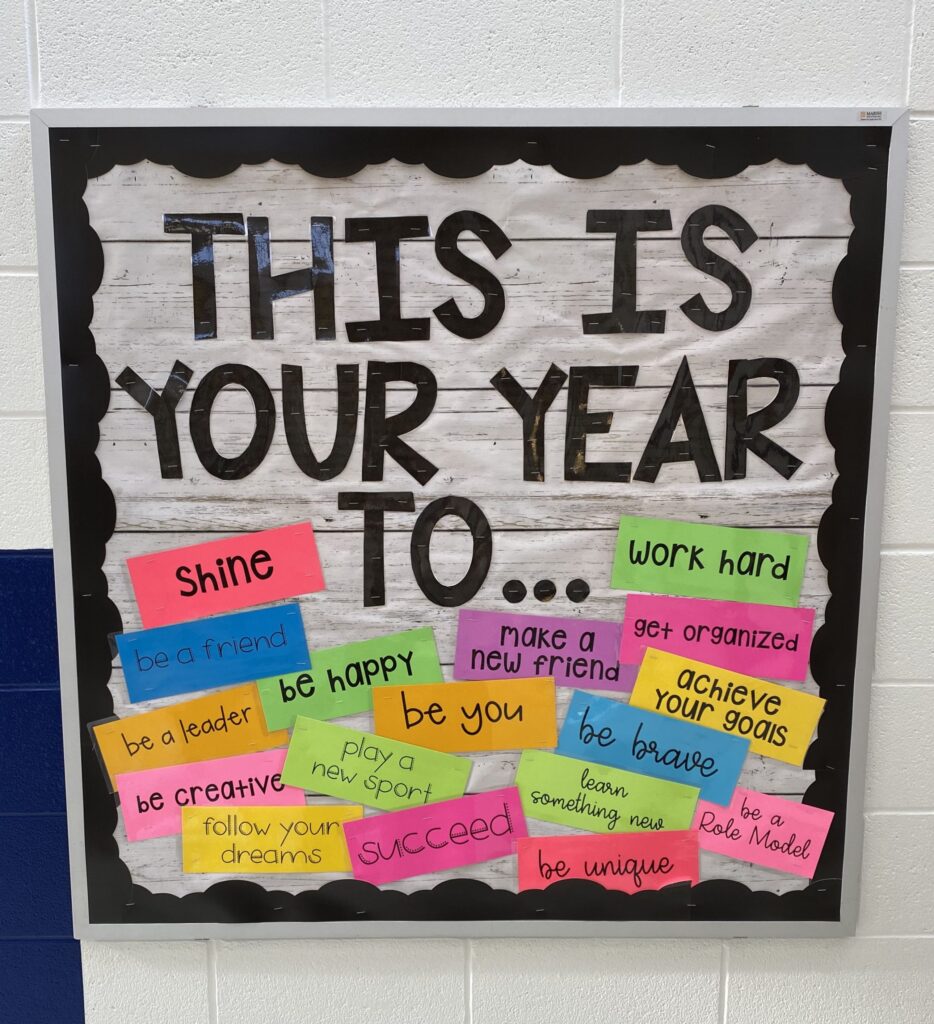
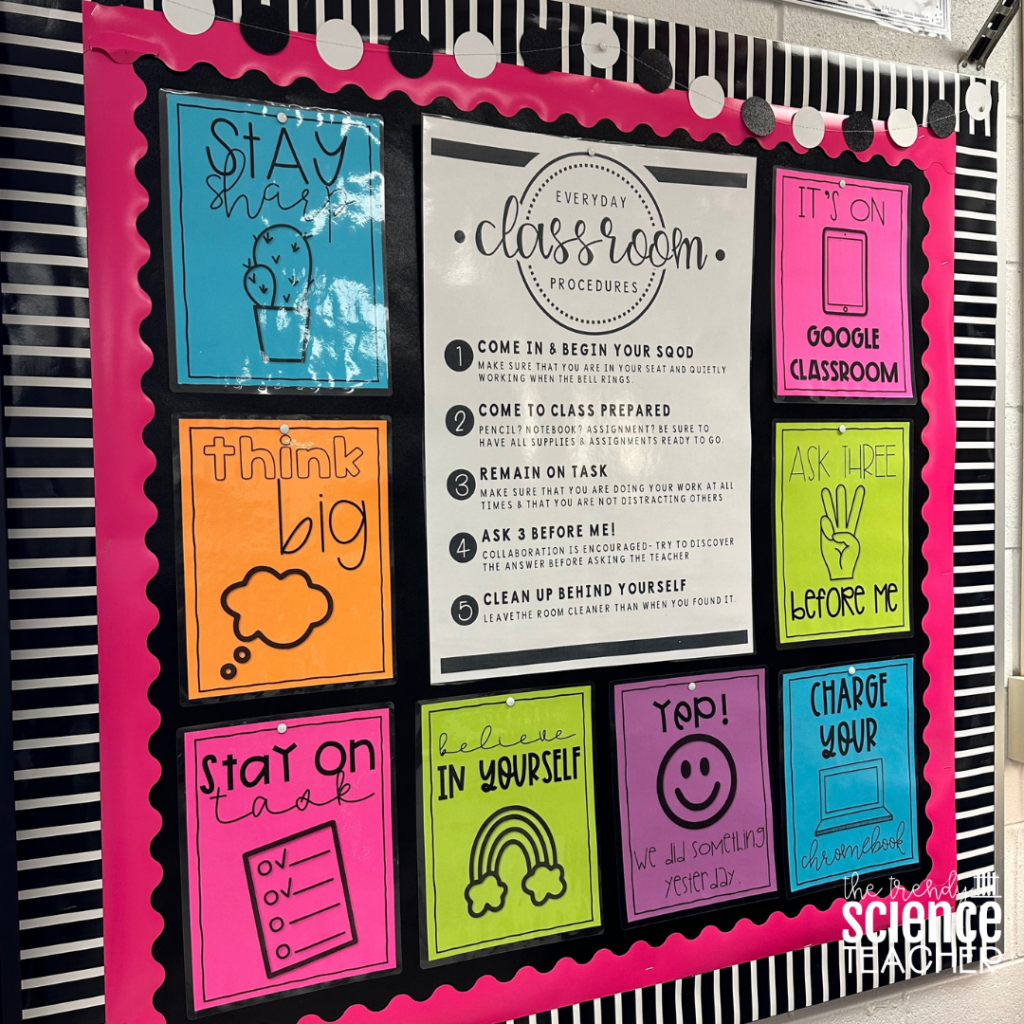

Creating a positive room environment sets the tone for the classroom and really sets up a successful year. Have a positive space set up in the room. There should be a bulletin board on classroom expectations, goals, fixed and growth mindset. You should also have bulletin board for each subject with clear goals and expectations for those areas. This way the children know what they are expected to do, and where they can look to find information, teaching points, standards and expectations.
*You can find ideas on Pinterest or Etsy as well.
5. Choose A Classroom Theme
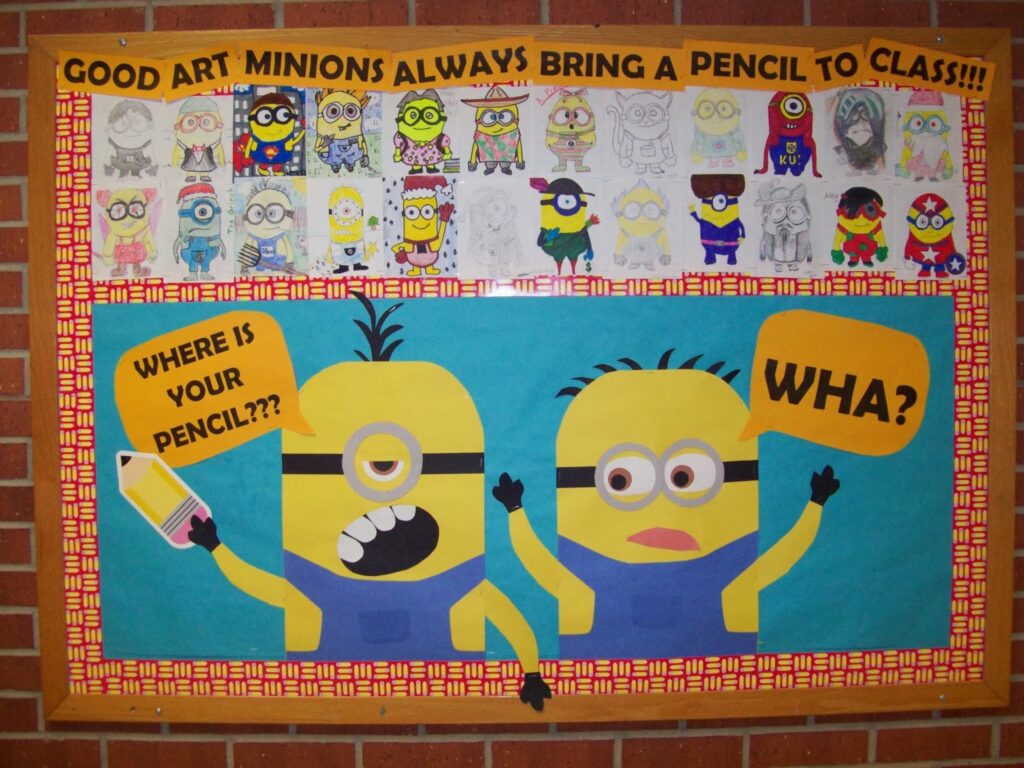
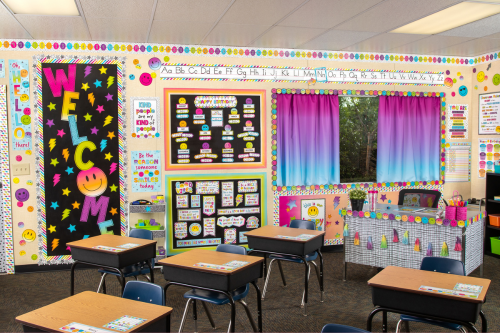
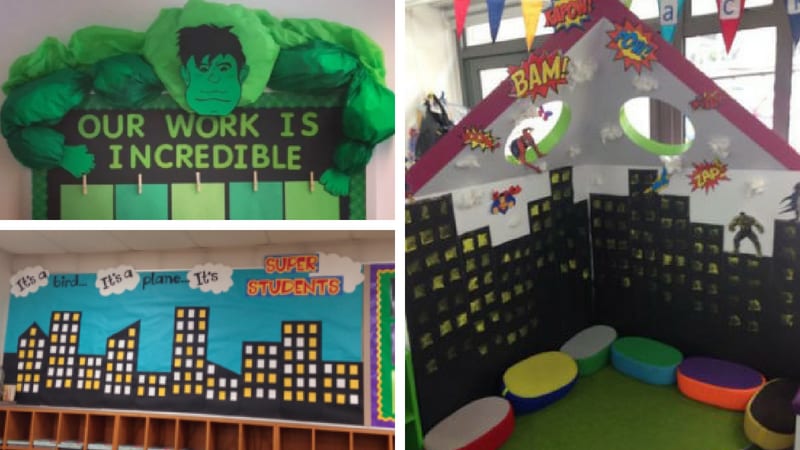
Creating your a theme for your classroom will make it much more inviting. Believe it or not it does contribute to having a successful year. Choose a theme and make every bulletin board idea related to it. Then you can hang up pictures and quotes that have to do with that theme around the room. It makes putting the room together a lot more enjoyable for you as a teacher as well. It can be as simple as a color theme. Everything is pink and blue or green and yellow. Or you can choose a character like super heroes or minion. There are millions ideas you can find by searching Pinterest or google.
Here are some ideas for themed classrooms to consider:
- Minion
- Super heroes
- Rainbow
- Pete the cat
- Dr Seuss
- Sports theme
- Hollywood theme
- Black and white Dalmatian dots
- Fairytales
- Crayons
- Solar system
- Ocean theme
- Disney
- Emoji
- Circus
- Inside Out 2
Organize The Room With Labels
A well-organized classroom is essential for a smooth start to the school year. Besides how the seats are arranged, everything should bee labeled clearly so there is no confusion as to where things are and where they go. Especially for little words who are learning to read or English Language Learners, labeling everything with pictures and words will help kids become comfortable and familiar with the room .
1.Supplies and Materials
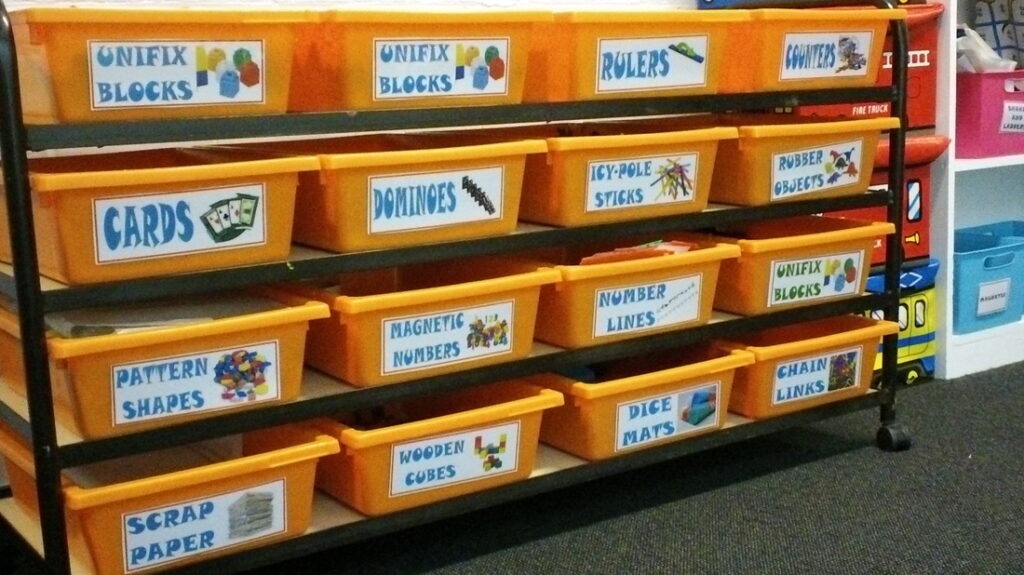
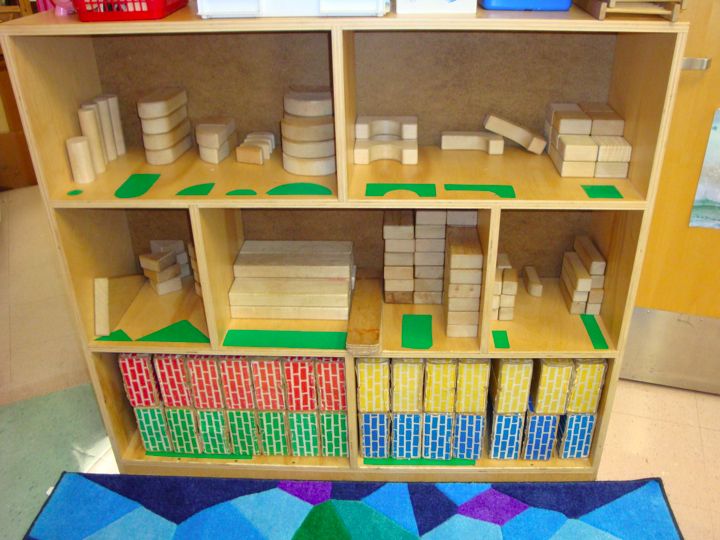
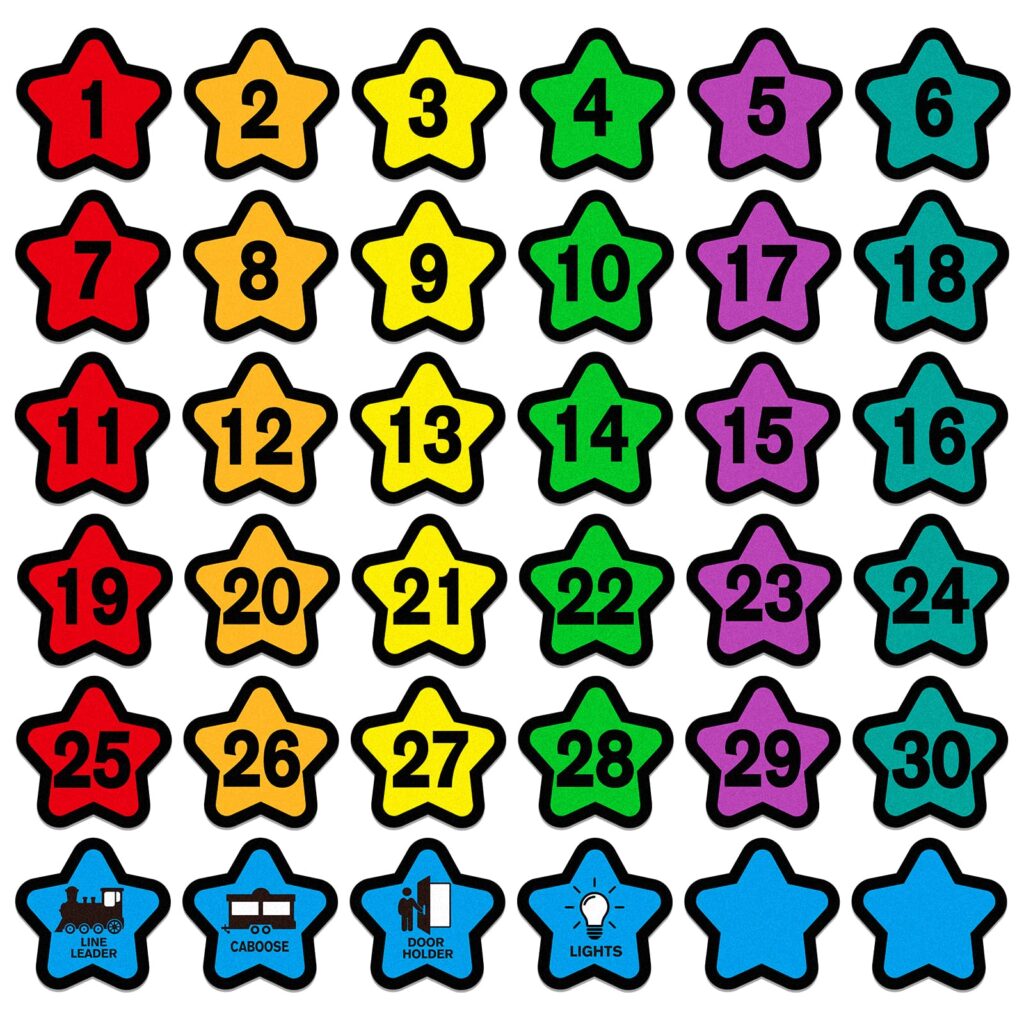
Labeling all supplies with pictures and words will ensure everything stays neat and tidy. Make sure you label things like stations, writing area, writing paper, closets, doors, tables, cubbies, storage, math manipualtives, book levels, calendar, subjects and everything else you can possibly think of. Also label personal space areas for each kid. As you can see in the middle picture this pre- k classroom labeled the blocks with picture shapes so the children knew which shape to put away, This makes it clear where each item belongs. Making the expectations of clean up clean and easy to do. You can also use numbers to label children’s belongings, tables and line spaces.
2.Space for Person Belongings
There should be clearly labeled space for each child to put there stuff. This means cubbies, desk closets, and personal materials.
Places to clearly label:
- Name tag for desk
- Closet or cubbies
- Floor spots and line spots with numbers
- Individual box of supplies
- Table supplies for each table
Establish Classroom Procedures and Rules
Setting clear expectations from the beginning helps create a positive learning environment. Develop classroom procedures and rules that are simple, fair, and consistent. Communicate these expectations to your students early on and practice them regularly. Consider involving your students in the process to foster a sense of ownership and responsibility.
Here are some examples of classroom routines you can start on the first few days of school:
- Lining up procedure
- Packing/unpacking
- Placement of belongings, jacket, book bag, homework
- Station rules and rotations
- Create the rules together and have them sign there name.
For more about classroom procedures checkout the blog post about effective classroom management in the classroom.
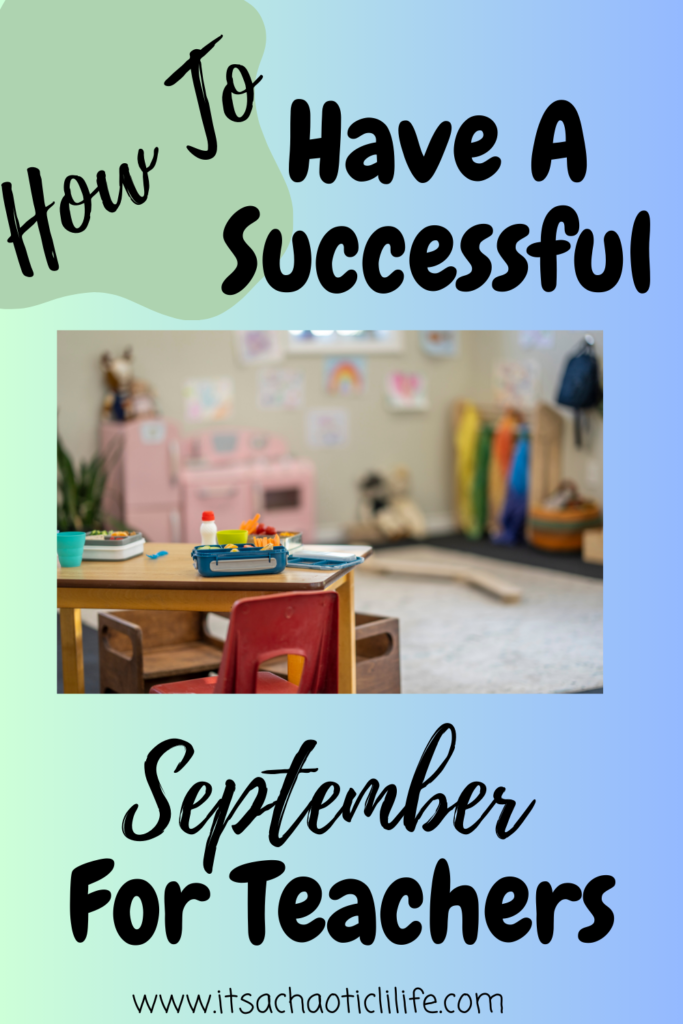
Conclusion
Preparing for a new school year as a teacher requires thoughtful planning and organization. Whether you’re a brand new teacher or an experienced organizing your classroom, developing a clear plan, establishing procedures, building relationships, collaborating with colleagues, communicating with parents, and taking care of yourself, you can set the stage for a successful and rewarding school year. Here’s to a great year ahead!
